
In the dynamic landscape of the Philippines, a technological revolution in the form of e-learning has been reshaping the educational landscape and subsequent economic opportunities.
With around 20 million Filipinos living in poverty as of 2021, the country is struggling with high poverty rates. Perpetuated by ongoing conflicts, poor educational infrastructure and COVID-19, the poverty crisis in the Philippines has been negatively affecting the education system for decades. However, various solutions to counteract this high rate, including overseas aid, infrastructure improvement and health care system improvements, are yielding positive results. Here is information about how the Philippines is prioritizing education in an effort to combat poverty.
The Ways the Philippines is Prioritizing Education
This article covers the role of education in poverty eradication. Low investments in traditional education over the past decades and outdated teaching methods have led to a high number of children struggling to receive a formal education. As of 2016, the number of children outside of education stands at 2.8 million. When poverty is higher, families often choose work for children over education, perpetuating a cycle of poverty that can continue for generations.
Starting from the beginning, education can act as a springboard for children to increase their opportunities and advance themselves beyond poverty. Without good educational systems, a cycle of poverty can begin before the child reaches adulthood, which is why addressing educational issues is key to breaking through this cycle and fostering an environment where a child can choose their own future.
The Alternate Learning System (ALS)
The Alternative Learning System (ALS) is a parallel learning system to the formal education system in the Philippines. Established by the Department for Education, the ALS aims to provide education to Filipinos who have not had the chance to finish their formal education. The ALS is more flexible, meaning that barriers to education can often be overcome through it.
While many communities in the Philippines find themselves cut off from formal education establishments, ALS can operate within communities in libraries and community spaces. Participants can access materials online, meaning access to the internet, something which is becoming far more common, is the only barrier. ALS is empowering individuals to acquire fundamental skills in literacy, numeracy and essential life competencies, enhancing economic prospects for them and their families.
The Open University
Higher education has often been difficult to access due to financial constraints and geographical boundaries. The University of the Philippines’ Open University originated in 1995, aiming to pioneer online degree programs. This opens up options for people living in rural and underserved regions, as well as working people and single parents, to pursue higher-paying prospects and enhance social mobility.
The Open University offers free courses, and one can take them online. In the Philippines, higher education comprises colleges, which primarily offer vocational courses, and universities, which focus on classical academic courses. The improvements in higher education have seen a marked increase in students in recent years. In the 2006–17 period, there was a 40% growth in enrollment in higher education, with 3,590,000 students enrolled in some measure of higher education.
The Good News
With a renewed government emphasis on the importance of education, reforms have started to take shape. One such initiative is the 2015 Education for All program, which aims to equip all Filipinos with ‘functional literacy’ — the capability to read, write and perform basic mathematical calculations. The World Bank also estimates that the Government has increased public spending by 60% between 2010–2015, providing the means to hire more teachers and the provision of more resources to students. The 2016 K–12 reforms make it mandatory for children to attend education up to the age of 13, and build on plans to build more schools and expand the curriculum to science and vocational-based subjects.
As internet access becomes more widespread, the rolling out of e-learning becomes an increasingly potent driver of societal transformation. The achievements of the ALS, Open University and various government reforms operate beside a variety of other complementary programs all targeting increased access to education. The Philippines is prioritizing education and embracing the power of educational inclusivity, and as a result, creating a reality that empowers its citizens to choose their own future.
– Myron Westgarth
Photo: Unsplash

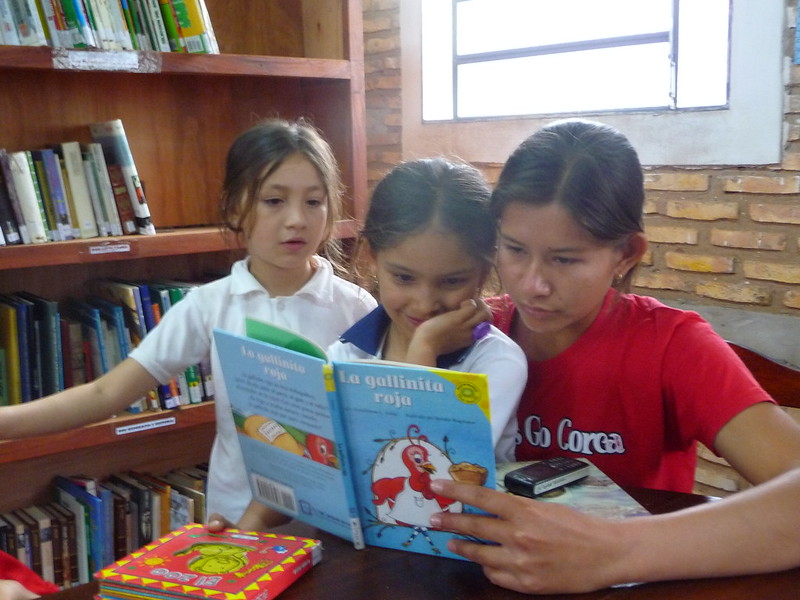
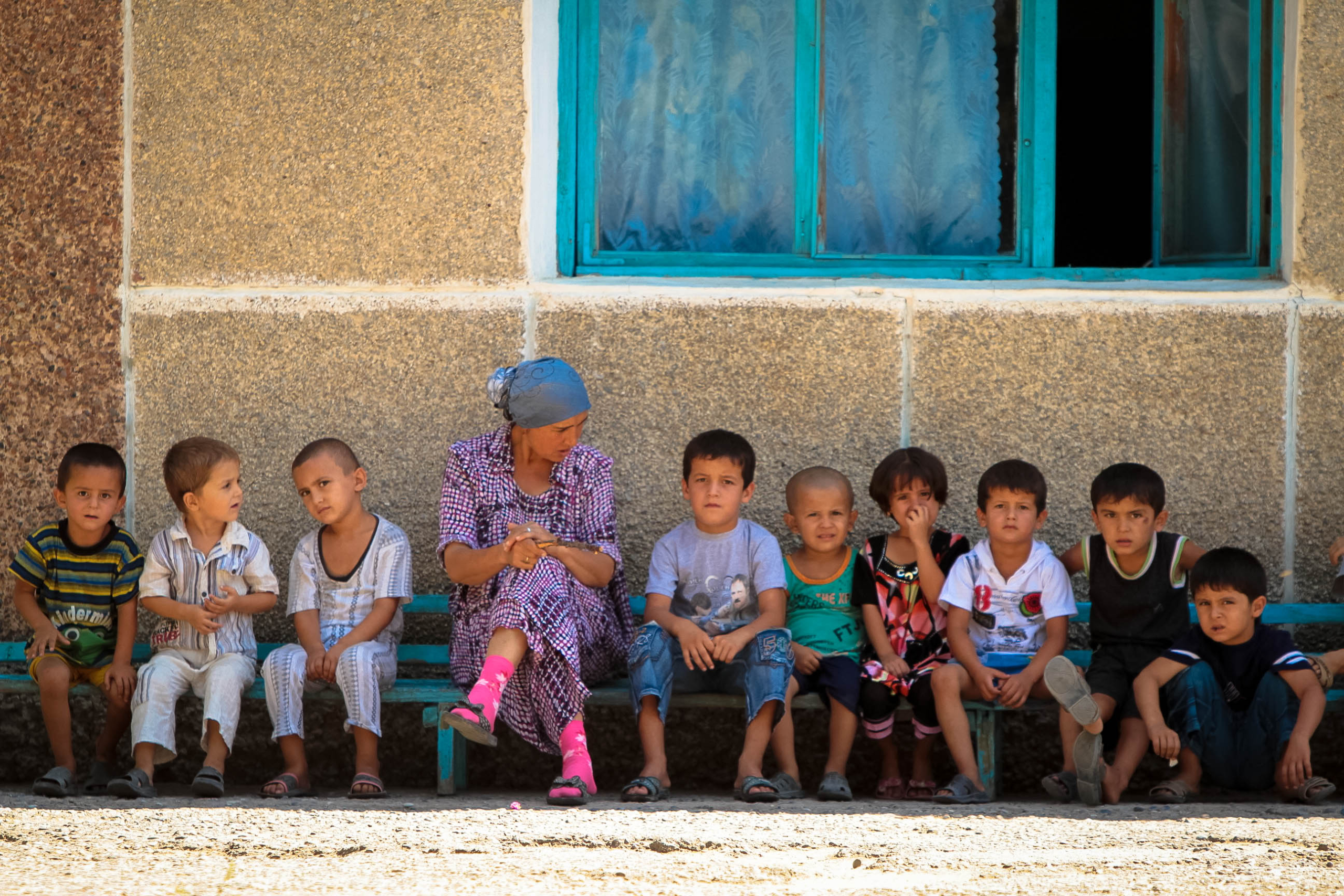 Tajikistan is the most impoverished country in Central Asia. Due to inadequate educational resources, lack of job opportunities and expanding families,
Tajikistan is the most impoverished country in Central Asia. Due to inadequate educational resources, lack of job opportunities and expanding families, 

 Equitable access to school increased significantly in Nepal between 2006 and 2016. The gender gap in school enrollments reduced by 2.8% during this 10-year period. However, the government noticed that other disparities limited access to quality education for children.
Equitable access to school increased significantly in Nepal between 2006 and 2016. The gender gap in school enrollments reduced by 2.8% during this 10-year period. However, the government noticed that other disparities limited access to quality education for children.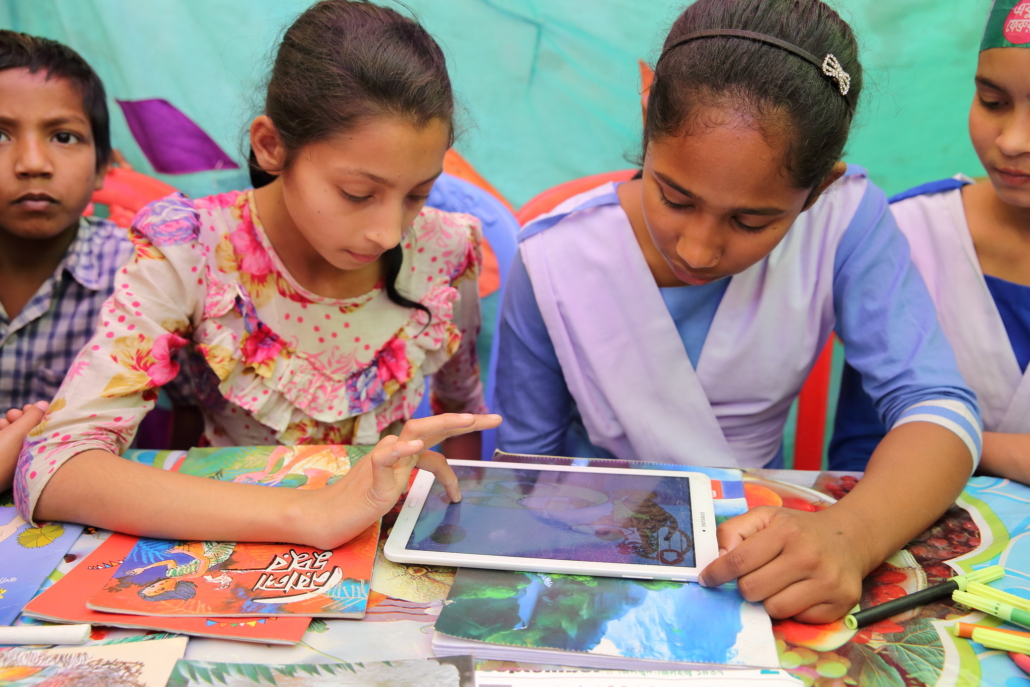
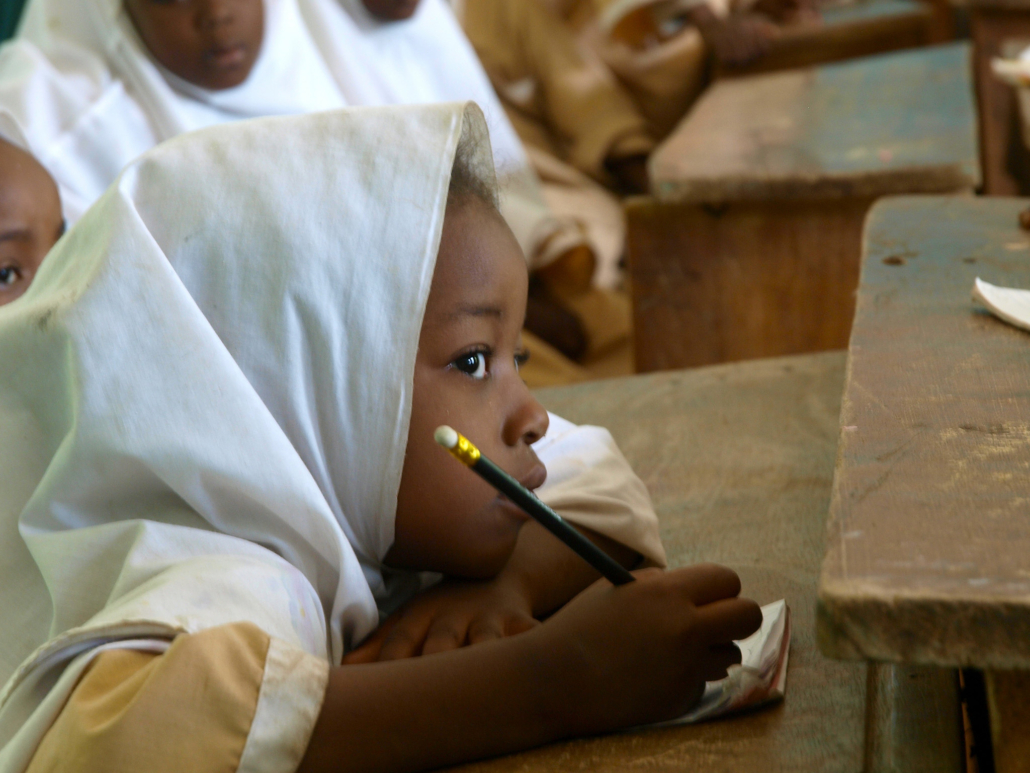
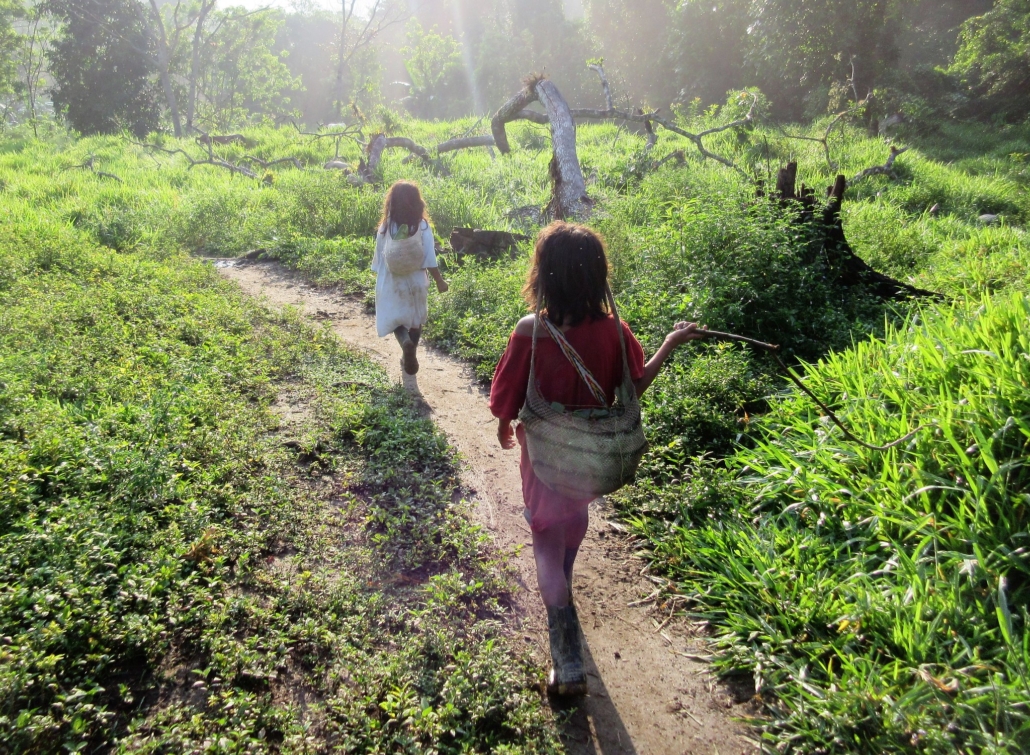
 Venus Ebony Starr Williams, like her sister Serena Williams, is a professional tennis player. Growing up in a poverty-stricken community, Williams struggled to achieve success. As a former No.1 tennis player, Williams has won several grand slams, including two at the U.S. Open and five at Wimbledon.
Venus Ebony Starr Williams, like her sister Serena Williams, is a professional tennis player. Growing up in a poverty-stricken community, Williams struggled to achieve success. As a former No.1 tennis player, Williams has won several grand slams, including two at the U.S. Open and five at Wimbledon.